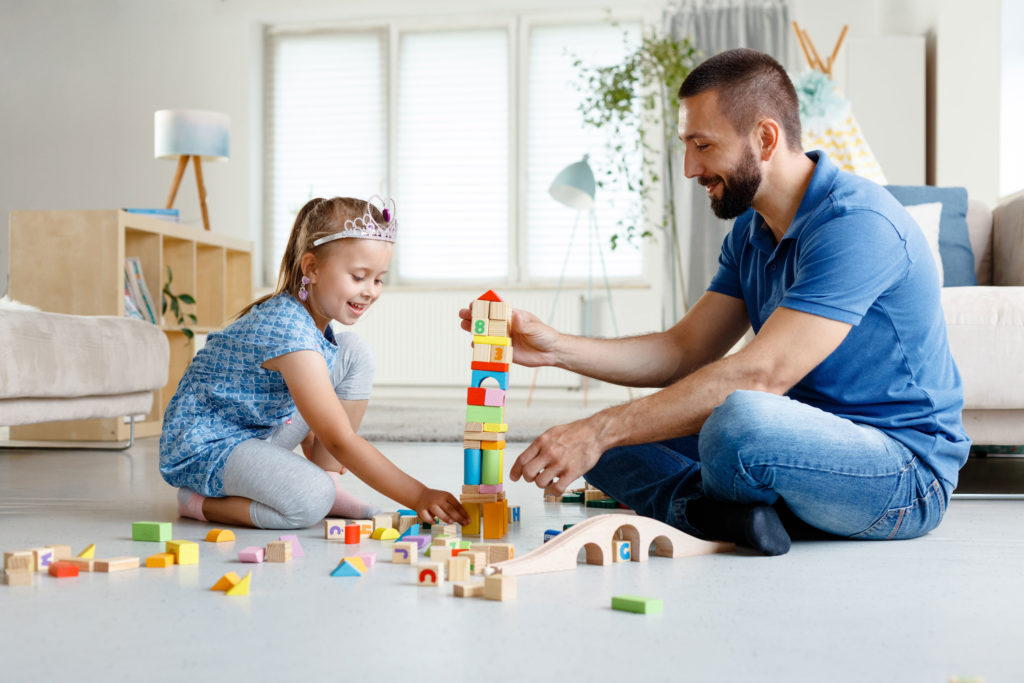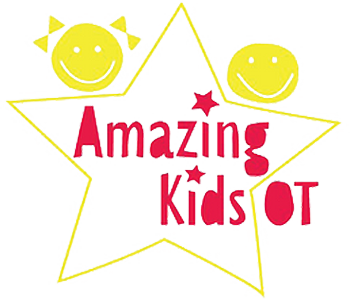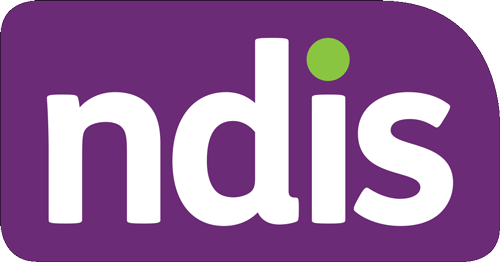DIR/Floortime model
Our clinic uses the DIR/Floortime approach when working with young children (early intervention). The Developmental, Individual Differences, Relationship based model is an approach used to promote a child’s individual development through a respectful, playful, joyful, and engaging process. It uses the power of relationships and human connection to promote engagement, communication, shared social problem solving, creative, organised, reflective thinking and reasoning.
It is an evidence-based approach based on the DIR/Floortime® model that was developed by Dr. Stanley Greenspan and his colleagues. It is used around the world by teachers, occupational therapists, speech therapists, mental health professionals, parents and many others that work with neurodivergent children who have developmental challenges by enhancing their strengths and interests.
DIR/Floortime fits into the Key-worker model.
Following the child's lead & challenging them at the same time:
DIR is based on the fact that EMOTION is critical to the growth of the nervous system & brain. Following the child’s lead means following their emotions. What is of interest to your child? What gives them pleasure? Whatever it is, your child’s interest is your clue, your window into what they are feeling. The first step is for you to observe closely so that you can tune into their emotional world. Once you have figured out what they’re interested in, you can use that to help them further grow and develop. Following your child’s lead by understanding their interests tells you the best way to help them to develop and grow.
The objective of the DIR Floortime® Model is to build healthy foundations for social,
emotional and intellectual capacities rather than focusing exclusively on skills and
isolated behaviours.

What does DIR/Floortime mean?
D = Developmental levels of social-emotional capacities
– Shared Attention & Regulation – Engaging & Relating
– Purposeful two-way interactions – Shared Problem Solving
– Creating Emotional ideas/play – Building bridges between ideas
I = Individual Differences: this looks at your child’s individual profile in the areas of sensory processing, regulation, motor skills and motor planning
R = Relationship: current research shows us that our nervous system develops through connected relationships. DIR/Floortime uses a relationship-based approach where the child & adult (caregiver) have shared emotional & playful experiences to help the child make important neurological connections.

